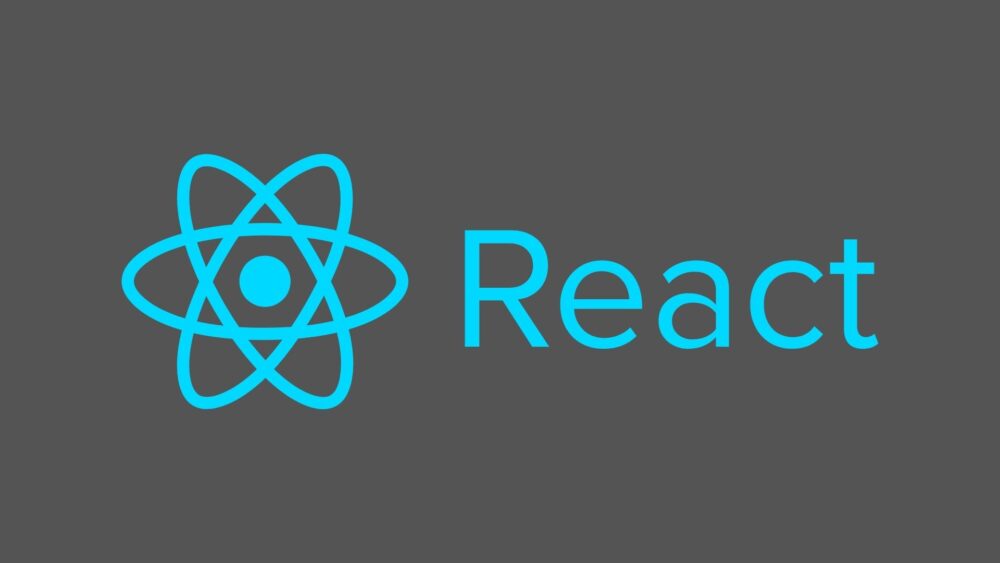ReactNativeを初めて触ってみて、Reactとの違いについて気づいた点をサクッとまとまています。
タグの違い

div等のタグが異なります。
divの代替はViewになりますが、画面からはみ出すことが想定される場合はScrollViewというタグを使用することで、scrollのスタイルを当てることができます。
CSSスタイルの当て方
StyleSheetを使用します。
Styleの定義の仕方はReactよりも少し追加で記述が必要になります。
colorを指定する場合で比較しましょう。
React
function Hello() {
return (
<View>
<Text style={style}>
Hello
</Text>
</View>
);
}
const style = {
color: '#ffffff',
};ReactNative
これに対しReactNativeでは
function Hello() {
return (
<View>
<Text style={styles.text}>
Hello
</Text>
</View>
);
}
const styles = StyleSheet.create({
text: {
color: '#ffffff',
},
});しかし、これは何もReactNativeに限った書き方でなく、従来のReactの書き方で書くことも可能。
Styleの縦横が逆
例えば、以下のStyleを当てたときに縦横が逆になります。
| React | ReactNative | |
| aliginItems | 縦方向 | 横方向 |
| justifyContent | 横方向 | 縦方向 |
padding等の方向指定
通常、paddingの方向指定はtopやbottom, left, rightで行いますが、
ReactNativeでは、縦方向はpaddingVertical, 横方向はpaddingHorizontalを使用します。
shadow
webアプリでは、こんなふうに指定できるshadowですが、モバイルアプリでは書き方が全く異なります。
box-shadow: 10px 5px 5px red;ReactNativeの場合
且つ、iOSの場合
shadowはiOSとAndroidで書き方が異なるんですね。
shadowColor: '#000000',
shadowOffset: { width: 0, height: 8 },
shadowOpacity: 0.25,
shadowRadius: 8,Androidの場合
一行で指定ができます。
elevation: 8,これは、Material DesignのElevationという概念を使っています。

elevationを8とすることで、位置が8dpにあることを意味しており、その影が表現されるというわけです。
キーボード表示
webアプリと違ってスマホアプリは編集時にキーボードが表示されます。
キーボードが表示されたときには、画面をリサイズしたいのでKeyboardAvoidingView というものを使用します。

画面全体を囲っているタグにこのKeyboardAvoidingViewを使用します。
そしてbehaiverにheightを指定
import { View, StyleSheet, TextInput, KeyboardAvoidingView } from 'react-native';
<KeyboardAvoidingView behavior="height'}>
ここに画面の要素を記述
</KeyboardAvoidingView>クリックイベント
ボタンにクリックイベントを設ける方法についてです。
実現方法は
- propsTypesにonPress: funcを設定する
- TouchableOpacityを使用する
import { TouchableOpacity } from 'react-native';
import { func } from 'prop-types'
CircleButton.propsTypes = {
onPress: func
}
CircleButton.defaultProps = {
onPress: null
}funcはfunctionの意味で関数を意味しています。
Viewタグではクリックイベントを設けることができないので、TouchableOpacityというタグを使います。

これは、Viewにtouchを適用させるためのwrapperです。
ここで使うonPressなどのpropsは、TouchableWithoutFeedbackを継承していますのでそちらのドキュメントを見てみます。

onPressの説明がありますね。
どのように使うのかが確認できたので、TouchableOpacityを使っていきます。
TouchableOpacity適用前
<View style={[styles.circleButton, style]}>
<Feather name={name} size={32} color="white" />
</View>
TouchableOpacity適用後
<TouchableOpacity style={[styles.circleButton, style]} onPress={onPress}>
<Feather name={name} size={32} color="white" />
</TouchableOpacity>chableOpacityタグで囲って、onPressを追加しました。
Alertの表示
クリックイベントが機能しているかの確認には、まずはじめにalertを表示させるのが鉄板ですよね。
React Nativeでのalertの表示方法がこちらになります。
import { Alert } from 'react-native';
export default function MemoEditScreen() {
return (
<CircleButton name="check" onPress={() => { Alert.alert('押したよ'); }} />
);
}onPressのpropsをCircleButtonに渡しています。
React Navigation
ルーティングも異なります。
ライブラリをinstallします。
$ npm install @react-navigation/native
versionを指定する場合は
$ npm install @react-navigation/native@6.0.6次に依存関係をinstall
expo installで実行することで、現在使用しているSDKに合わせて適切な依存関係をinstallしてくれます。
ここまでinstallが完了すると、Hello React Navigation に進むことができます。
stackをinstallします。
画面遷移
画面遷移はnavigationを使って、以下のように指定します。
export default function LogInScreen(props) {
const { navigation } = props;
return (
<Button
label="Submit"
onPress={() => { navigation.navigate('遷移先画面のname'); }}
/>
)
}
戻るボタンとしたい場合は、onPress部を以下のように記述します。
onPress={() => { navigation.goBack(); }}Screenでない要素の画面遷移
Screenのコンポーネントの画面遷移には上記のようにpropsでnavigationを渡せばよかったですが、
Screenでなく、要素に画面遷移を指定する場合はpropsでnavigationを渡すことができません。
そのため、そのような場合は以下の記述方法となります。
import { useNavigation } from '@react-navigation/native';
export default function MemoList() {
const navigation = useNavigation();
return (
<TouchableOpacity
onPress={() => { navigation.navigate('MemoDetail'); }}
>
以下省略Stack
ログイン後に「戻る」ボタンを消す方法についてです。ログインした最初に表示される画面で「戻る」ボタンが表示されていたらおかしいですよね。
stackにはページの遷移の履歴を蓄積されています。
そのため、その履歴を削除すれば、戻るボタンが表示されなくすることができます。
上記で扱ったnavigationの書き方を変更します。
履歴が削除されない記述の仕方
onPress={() => { navigation.navigate('MemoList'); }}履歴が削除される記述の仕方
resetを使用します。
onPress={() => {
navigation.reset({
index: 0,
routes: [{ name: 'MemoList' }],
});
}}reset により、routes で指定したnameで上書きがされ、indexの0番目を表示するという指示になり履歴を無くすことができます。
まとめ
ReactとReactNativeの違いは、こちらにまとめたものはほんの一部に過ぎないと思います。
もう少し似ているかなと思っていたんですが、想定以上に異なっていました。
NativeはNativeで覚えていくしかないですね!
以上、お読みいただきありがとうございました。

コメント